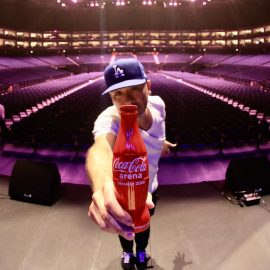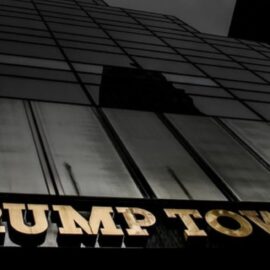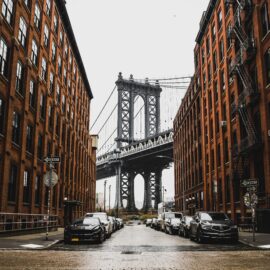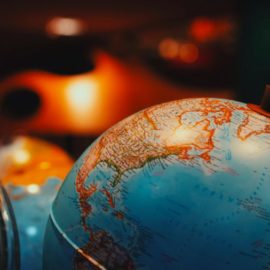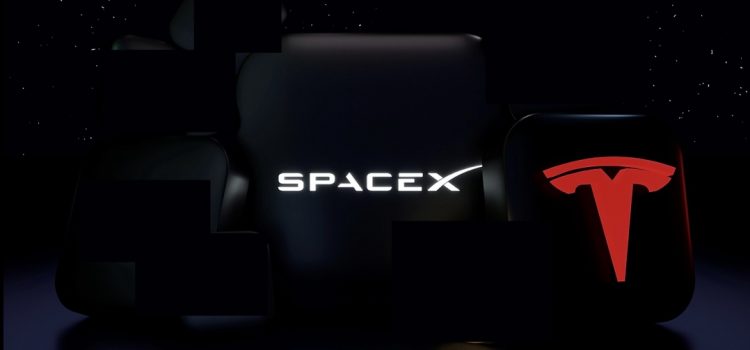
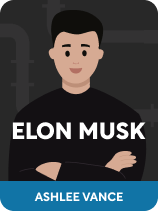
This article is an excerpt from the Shortform book guide to "Elon Musk" by Ashlee Vance. Shortform has the world's best summaries and analyses of books you should be reading.
Like this article? Sign up for a free trial here.
Why did Elon Musk start SpaceX and Tesla? What’s the common thread in their respective missions?
Elon Musk has arguably pushed technology forward more than any other living person in the modern age. In a way, he’s made it his personal mission to bring human civilization to other worlds via his company SpaceX while weaning us away from fossil fuels by developing electric vehicles through Tesla.
Continue reading to learn about SpaceX and Tesla and why they’re far more than just successful business ventures.
SpaceX and Tesla
Musk fears the consequences of humanity being trapped on a single, fragile planet that’s endangered by the technology that we’ve used to advance ourselves. Isaacson writes that he’s also motivated by a sense of grandiosity—after all, who else will save the world if he doesn’t? In this context, Musk is driven by his mission. How to make that mission profitable is something he considers after the fact. Nevertheless, both SpaceX and Tesla have proven to be great financial successes. And, while either business would be a crowning achievement, Musk believes in both so strongly that he can’t devote his attention to only one. As a technologist out to save the world, Musk served in part as the inspiration for the movie version of the superhero Iron Man.
(Shortform note: The Iron Man character that Isaacson says Musk inspired first appeared in 1963’s Tales of Suspense #39, written by Stan Lee’s brother Larry Lieber, who modeled him after the famed inventor and industrialist Howard Hughes. When developing the first Iron Man motion picture, screenwriter Mark Fergus says the writers drew on several sources such as Musk, Donald Trump, and Steve Jobs.)
SpaceX
After selling PayPal in 2002, Musk turned his thoughts to putting his fortune to the eventual goal of colonizing Mars, with the thought that humanity’s chances of survival would be increased by spreading out to other worlds. He founded SpaceX to take the incremental steps needed for that goal—building a reusable launch vehicle, proving that commercial spaceflight is a viable business, and designing rockets large enough to carry heavy payloads beyond the Earth’s orbit.
Musk’s first step was to build a reusable rocket that could launch satellites into orbit. Right away, Musk set unfeasible deadlines for a rocket launch in 2003 and an unmanned Mars mission in 2010. Neither of those goals were met, but in 2003, Musk presented his Falcon 1 rocket design and SpaceX was awarded its first government contract. Isaacson recounts how that wasn’t enough for Musk, who knew that most space industry companies received noncompetitive no-bid contracts for their work regardless of how well they performed. Musk sued NASA, arguing that no-bid contracts stifled innovation while propping up failing aerospace companies. Musk’s suit opened the door to competitive private bidding for space projects.
After that, the history of the Falcon 1 was a string of lessons learned from mistakes. The first three Falcon 1 flights exploded shortly after liftoff, but each failure gave SpaceX more information about what worked and what didn’t in their design. The fourth SpaceX flight was successful, proving that a private company could send payloads into space at a fraction of the cost and manpower employed by enormous government contractors. In 2008, SpaceX won a $1.6 billion contract to ferry cargo and crew to the International Space Station (ISS).
Fulfilling SpaceX’s new contract required a much bigger rocket. The result was the Falcon 9 and its recoverable capsule, the Dragon. The Falcon 9’s inaugural flight set the record for the largest rocket ever safely landed—those designed by rival aerospace companies were made to burn up in the atmosphere after use. Making the Falcon 9 successful required last-minute fixes and patches that would have caused NASA weeks of delays. Isaacson says that Musk’s tolerance for risk enabled SpaceX to solve problems quickly in ways that cumbersome organizations couldn’t. The Falcon 9’s success culminated in its 2020 flight of two astronauts to the ISS, the first manned American launch since the end of the Space Shuttle program in 2011.
Tesla
Musk’s other dream besides leaving the Earth was saving the Earth by ending society’s fossil fuel addiction. Musk believed an energy-efficient future was just as vital to humanity’s survival as space exploration, and he chose to make an impact by bringing electric cars into the mainstream. Isaacson details how Musk entered the automotive industry with Tesla, based all of its production inside the US, and pushed its technology in the direction of fully automated, self-driving cars.
In 2003, Musk began meeting with entrepreneurs in the electric car industry. Tesla was the brainchild of Martin Eberhard, who’d licensed an electric motor for a high-end sports car that he didn’t have the funding to build. Musk provided the money and took charge of many of the car’s technical details. Tesla came together with Musk as the board chair and Eberhard as CEO, but clashes began because Eberhard and Musk each thought of himself as Tesla’s founder. Isaacson writes that Musk was incensed when the press painted him as a “mere investor,” so he took it upon himself to proselytize the company’s mission—disrupting the gas-guzzling automobile market with affordable, high-quality electric vehicles.
Musk took a more active role in managing Tesla’s production process, and he found that the company’s supply chain was a disaster. Its parts were manufactured all over the world and then shipped from country to country as the car’s components were assembled piecemeal. When Musk calculated how much each car cost, factoring in worldwide shipping and assembly, he realized that Tesla would quickly go bankrupt. He quickly moved to have Eberhard fired and eventually took over as CEO himself. Isaacson says that Musk’s primary focus was to centralize production so he could control the process from start to finish, going so far as to sleep on the factory floor as he stayed day and night to solve production problems.
To bring about the future he imagined, Musk didn’t only want an electric car, but one that could drive itself. In tune with Musk’s habit of setting aggressive deadlines, Isaacson writes that for over a decade, Musk has publicly declared that self-driving cars are a year or two away, and advances in machine learning are close to fulfilling Musk’s ambitions. Instead of driving based on preprogrammed “rules of the road,” new systems learn by observing the best human drivers and how they react in all situations. As a result, in 2023, Musk rode a self-driving Tesla on a 30-minute trip around Palo Alto without ever touching the steering wheel or brakes.
Exercise: Consider Your Opinions About SpaceX and Tesla
SpaceX has successfully commercialized spaceflight, while Tesla helped to popularize electric cars and their advantages.
- Which of these advances do you think will be the most important in the future?
- Why do you feel that way?

———End of Preview———
Like what you just read? Read the rest of the world's best book summary and analysis of Ashlee Vance's "Elon Musk" at Shortform.
Here's what you'll find in our full Elon Musk summary:
- A biography of Elon Musk by renowned biographer Walter Isaacson
- Musk's traumatic South African childhood up until his Twitter takeover
- How Musk's Asperger's syndrome affected his childhood and relationships

